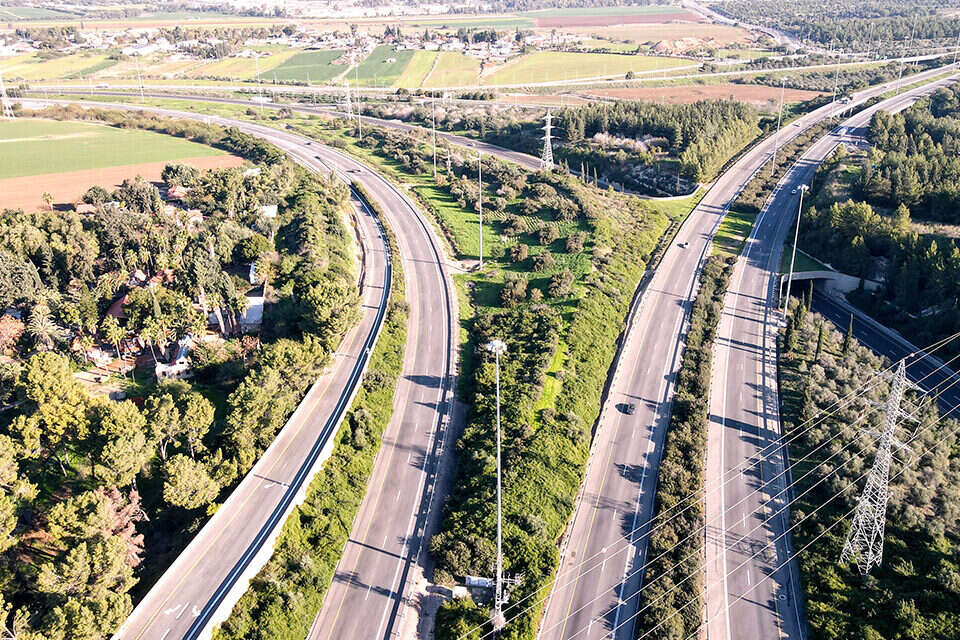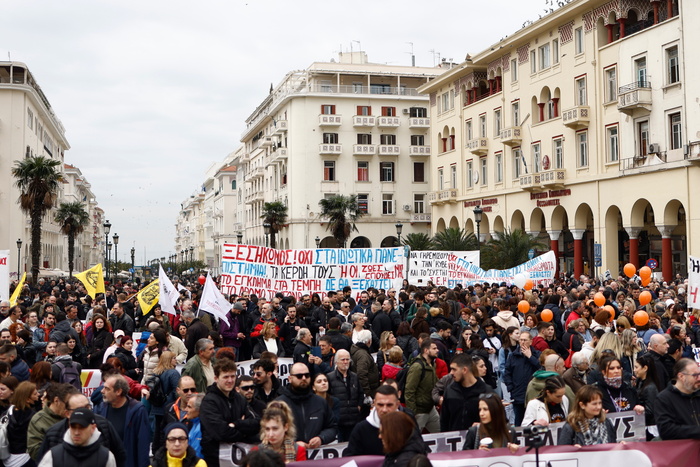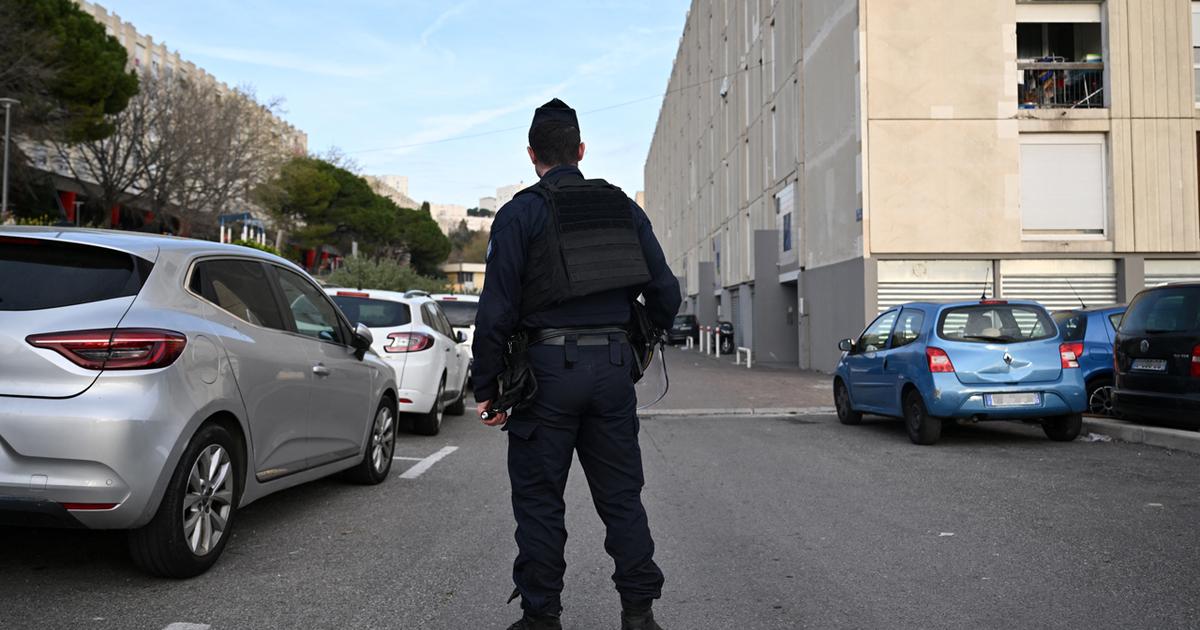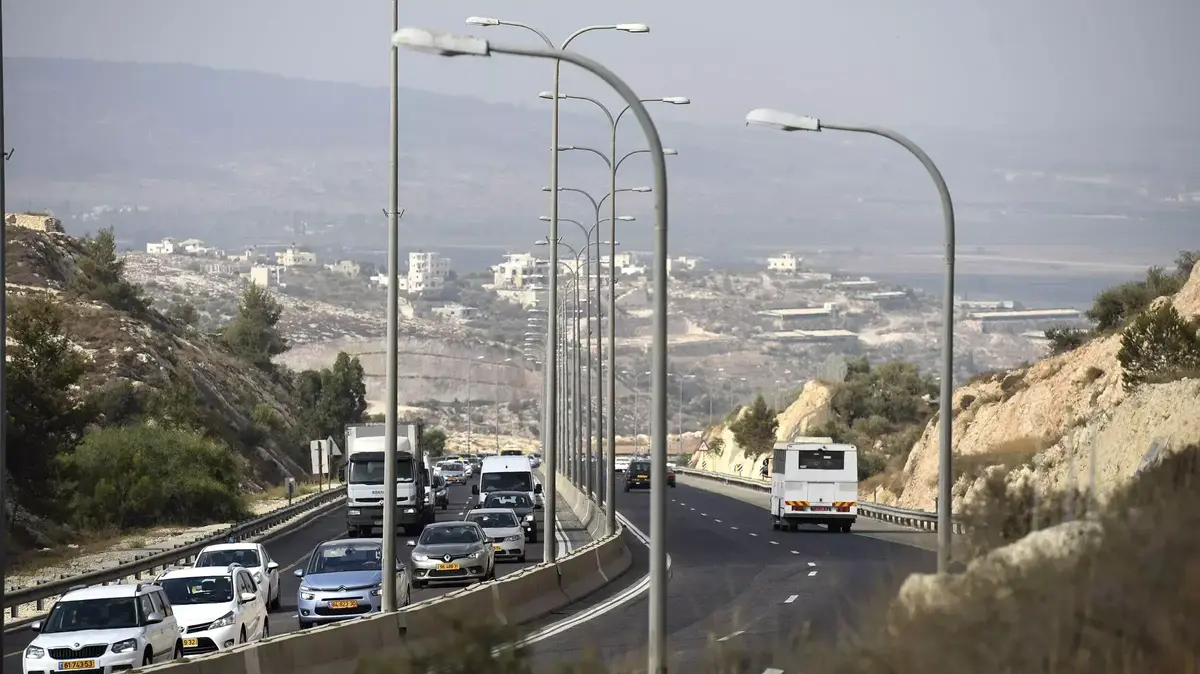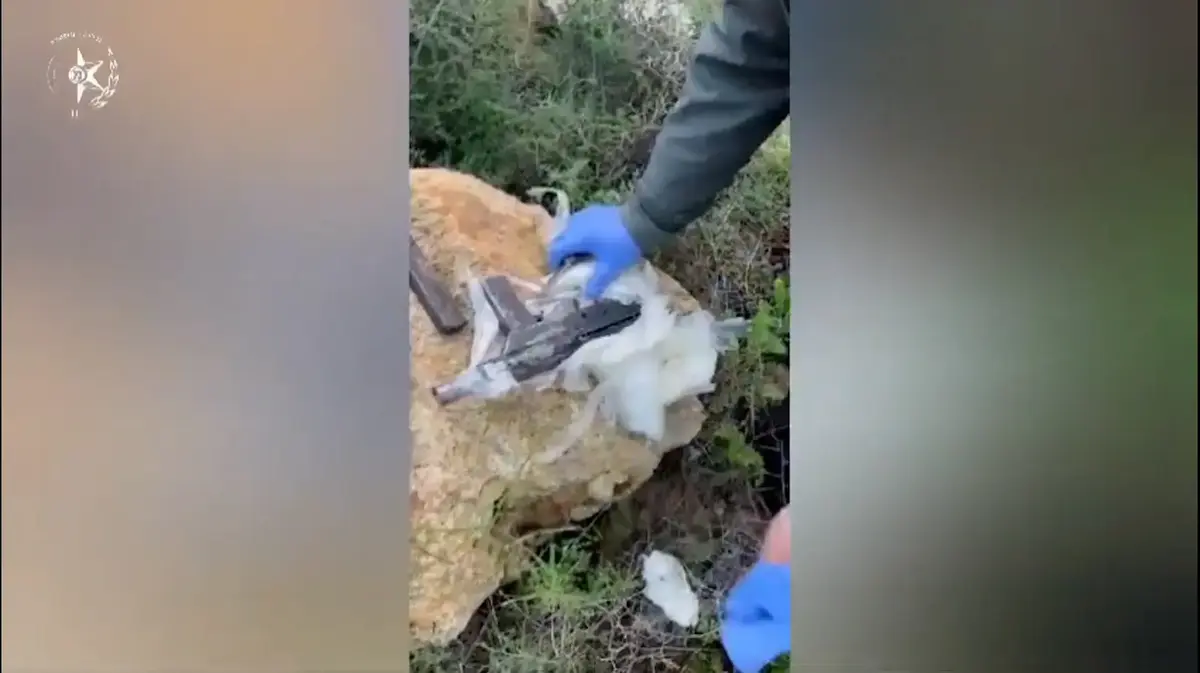Tens of thousands of drivers travel daily on Route 443, a major highway that runs from Jerusalem to Modi'in, one of the two roads separating the capital from the center of the country.
But in recent months, traveling there has become a nightmare, and disaster is only a matter of time. This was due to the throwing of stones and Molotov cocktails by Palestinians, which has become routine. This is a major road in the State of Israel that suffers from popular terrorism almost every day, and there are drivers who have already decided to give up driving on it due to its danger.
Molotov cocktail thrown at vehicle on Route 443
Footage posted online shows an Israeli vehicle traveling at a speed of about 100 km/h on a highway when suddenly a Molotov cocktail is thrown at it. The bottle catches fire on the road, and a second later the vehicle passes it. One can imagine what would have happened if the terrorist had thrown the bottle just a moment after doing so. "Molotov cocktail, God save and save," the driver is heard saying tremblingly.
The startling data
Data obtained by Israel Hayom reveals a frightening picture. Since the beginning of this year, there have been more than 50 cases of stone and Molotov cocktail throwing, some sometimes in one night, and since it can be estimated that only some of the incidents were reported, the number is even higher.
Since the beginning of May, there have been at least nine popular terrorist attacks, about half of which involved Molotov cocktails. The most recent incident took place yesterday, earlier on Thursday stones were thrown directly at a vehicle, the windshield was shattered and the driver was lightly injured. Miraculously, he did not lose control of his vehicle.
Palestinians throwing stones at Route 443 (archive), photo: Dudi Vaknin
Noa Magid has been operating the 443 hotline for years, where drivers are updated on security incidents on the road. "This is a main route to the capital of Israel that is under attack. It's unbelievable. Every few days there are stone throwing. A few days ago there were three Molotov cocktails, and a week before that three more."
The drivers are helpless, and there are those who say explicitly that they are not willing to drive on Route 443, because it poses a security risk. "I used to travel from Jerusalem to the center every day, but in recent months I've preferred to take Route 1," says Shlomi Eliyahu, who works at a high-tech company in Tel Aviv. "I'm not willing to drive on a highway and feel like Russian roulette."
A vehicle damaged by stones thrown at it on Route 443, photo: IDF Spokesperson
Meir Biton, for example, was driving toward Givat Ze'ev about two weeks ago when Molotov cocktails were suddenly thrown at him. "I was on the line with my wife, and suddenly two Molotov cocktails hit the road in front of me. I didn't expect anything like this. I travel on this road a lot, and I didn't know something like this was happening. It was pretty scary. I saw a vehicle on the side that had been hit by a Molotov cocktail. I've heard that sometimes nails are also put in these bottles. Who knows what can happen from hitting at high speed."
There is no sovereign in the territory
Ayelet, a Dolev resident, made her way from Jerusalem last Thursday toward Shilat Junction. "Suddenly, I saw stones on the road. I started to bypass them, and as I was doing so, I saw more stones being thrown. They missed
us by a second. It's not a pleasant situation, we didn't expect something like this to happen on this road." Another driver sustained minor injuries from these stones.
Stopping construction work at the Separation Barrier, photo: Dudi Vaknin
The absurdity is even greater when it comes to the question of who is responsible for Route 443, since it is not at all clear who is the sovereign on the ground. The IDF operates only one company along the route, which is limited in means and capabilities, compared to entire infantry battalions commanded in sectors of the same size deep in Judea and Samaria. Most of the units stationed on the axis are not infantry units, but combat units whose quality is considered lower in terms of warfare, such as the Home Front Command
or artillery.
Many times, these units are not equipped with the best means, which exist in other units, so that even when they encounter terrorists, their response is not optimal. Israel Hayom has learned that until recently, the company was not even equipped with a David-proof vehicle, so it could not chase into the villages in the area if necessary. It should be noted that in recent months there have been several assassinations and arrests of terrorists along the route, but this is a drop in the ocean compared to the risk posed to drivers on the road.
In recent months, the region has suffered another security blow. As part of a 2006 government decision, Beit Horon was recently transferred to the responsibility of the Border Police, despite harsh criticism from residents near Jerusalem that the Border Police does not accept responsibility for what happens outside the community itself.
This criticism is well expressed in practice on Route 443. The community's security officer, who used to jump into every event and employ smart means such as a thermal drone, was unexpectedly fired a few weeks ago, and a Border Police security officer who works in the community says it is not his responsibility to operate outside it.
Damage to a vehicle traveling on Route 443, photo: Bentzi Lizarovich
"They don't care," says a security source. "They claim it's not their sector, but it's a meter from the community. They are close, they can attack the terrorists, and they don't care. The terrorists pick up stones and throw – and no one does anything against them. It's a catastrophe, I don't want to think about what would happen if a car lost control at 90 km/h."
"Doing nothing"
Another body that is supposed to somehow be responsible for the area is the police, but this is an elite intelligence station, which is very far from the area. "I called the police once, and the policewoman suggested I file a complaint," says one resident. "I told her that stones were being thrown now, that someone could get hurt, and she told me, 'There's nothing we can do.' When you come to report at the checkpoint, they wave you off. You are told to move forward, and that's where the event ends.
"It's a main thoroughfare leading from Jerusalem to the center, and no one is doing anything. People are afraid to drive on the road, and there is no one to turn to. We are ego-trapped between the Border Police, the police and the IDF."
The police said: "To receive a response to your inquiry, please contact the IDF Spokesperson."
An IDF spokesperson said: "All forces stationed in the Judea and Samaria sector undergo training in accordance with their operational mission, and are prepared to initiate and respond to any threat and scenario. The forces operate in the area day and night, both overtly and covertly, in full cooperation with the Border Police, in order to ensure the safety of the residents of the area and those moving along the route.
"The scope and affiliation of the force in the sector are selected according to the emerging assessment of the situation and are influenced by the IDF-wide graph. In accordance with the situation in the sector, there is a division of responsibility between IDF and Border Police forces in various areas
in the area."
Wrong? We'll fix it! If you find a mistake in the article, please share with us

